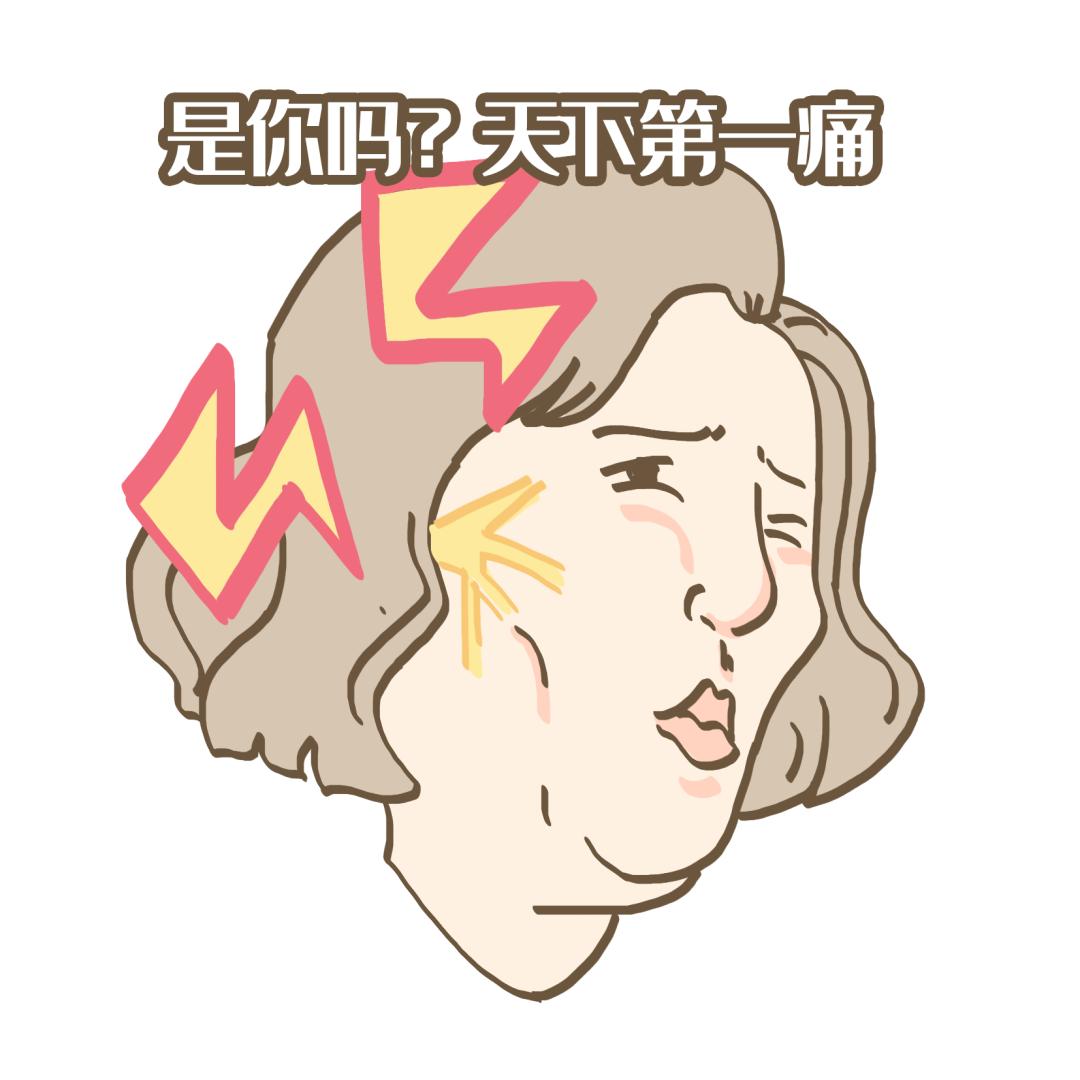1. Introduction Trigeminal neuralgia is a nervous system disease characterized by recurrent paroxysmal severe pain in the facial trigeminal nerve distribution area. The degree of pain is severe, which seriously affects the quality of life of patients. 2. Etiology 1. Vascular compression: At present, it is believed that the main cause of trigeminal neuralgia is that the root of trigeminal nerve is compressed by nearby blood vessels. With the increase of age, blood vessels may become hardened and tortuous, which makes it easier to compress the trigeminal nerve. 2. Nerve injury: Facial trauma, surgical injury and inflammation may also lead to trigeminal neuralgia. 3. Genetic factors: Studies have shown that some patients with trigeminal neuralgia may have genetic predisposition. 3. Symptoms 1. Pain characteristics: The pain of trigeminal neuralgia is usually a sudden attack of severe pain, such as electric shock, knife cutting, needle-like pain. The pain usually lasts for a few seconds to a few minutes and then stops suddenly. Pain can be induced by mild stimuli such as brushing teeth, washing face, talking, etc. 2. Location of pain: Pain is mainly confined to the trigeminal nerve distribution area, usually on one side of the face, which can be divided into three branches, namely, the ocular branch, the maxillary branch and the mandibular branch. 3. Frequency of attacks: The frequency of pain attacks varies from person to person. Some patients may have one attack every few days, while others may have multiple attacks every day. 4. Diagnostic methods 1. Medical history and symptoms: The doctor will inquire about the patient’s pain symptoms, attack frequency, predisposing factors and other medical history in detail to preliminarily determine whether it is trigeminal neuralgia. 2. Physical examination: check the sensory and motor function of the face to exclude other nervous system diseases. 3. Imaging examinations, such as magnetic resonance imaging (MRI), can help doctors determine whether there are vascular compression and other causes. 5. Treatment strategies 1. Drug therapy: Antiepileptic drugs, such as carbamazepine and oxcarbazepine, are the first-line drugs for the treatment of trigeminal neuralgia. These drugs can inhibit the abnormal discharge of nerves, thus relieving pain. Analgesic drugs: For patients with severe pain, some analgesic drugs can be used, such as ibuprofen, acetaminophen, etc. 2. Surgical treatment: Microvascular decompression is one of the most effective methods for the treatment of trigeminal neuralgia. Surgery relieves pain by separating the blood vessels that compress the trigeminal nerve from the nerve. Radiofrequency thermocoagulation: The sensory fibers of the trigeminal nerve are destroyed by radiofrequency current to achieve the purpose of pain relief. Balloon compression: a tiny balloon is inserted into the semilunar ganglion of the trigeminal nerve, and a contrast medium is injected to inflate the balloon and compress the trigeminal nerve to relieve pain. 6. Prognosis and prevention 1. Prognosis: The prognosis of trigeminal neuralgia varies from person to person. Medications can usually relieve pain, but some patients may need to take medication for a long time. The effect of surgical treatment is better, but there are certain risks and recurrence rate. 2. Prevention: At present, there is no effective method to completely prevent the occurrence of trigeminal neuralgia. However, maintaining good living habits, such as avoiding overwork, keeping a good mood and avoiding facial cold, may help reduce the risk of morbidity. 7. Conclusion Trigeminal neuralgia is a neurological disease that seriously affects the quality of life of patients. Understanding its etiology, symptoms, diagnostic methods and treatment strategies is of great significance for patients to seek medical treatment in time and choose appropriate treatment methods. At the same time, the public should also strengthen the understanding of trigeminal neuralgia, improve self-care awareness, in order to reduce the occurrence of the disease. 
Posted inHealth and wellness